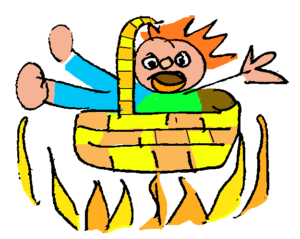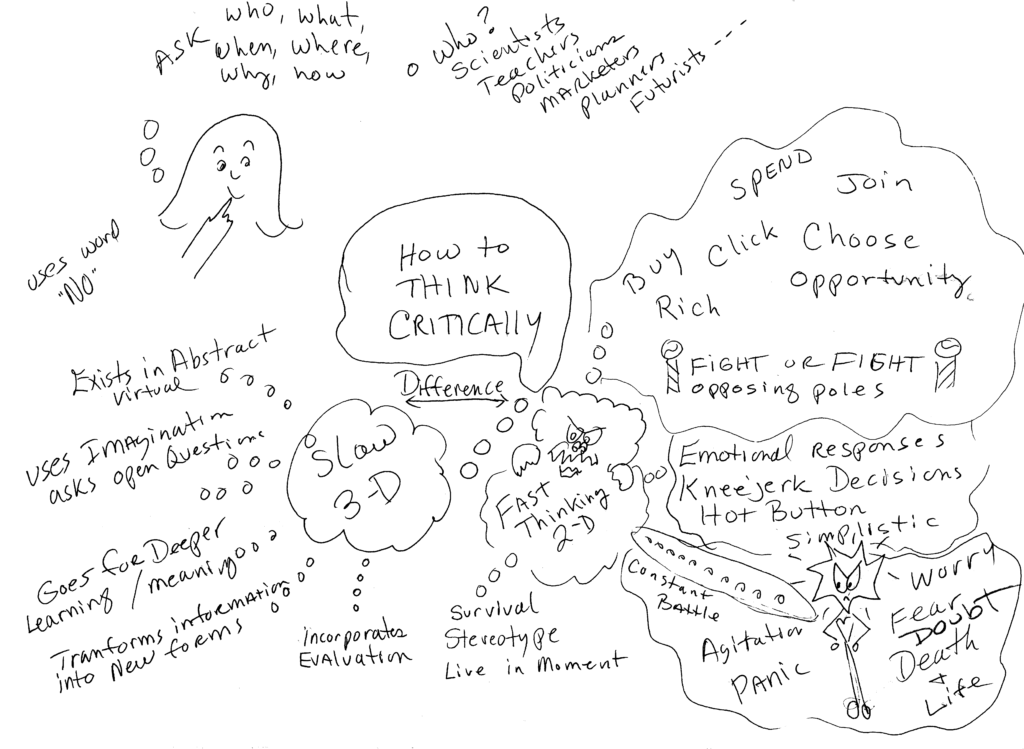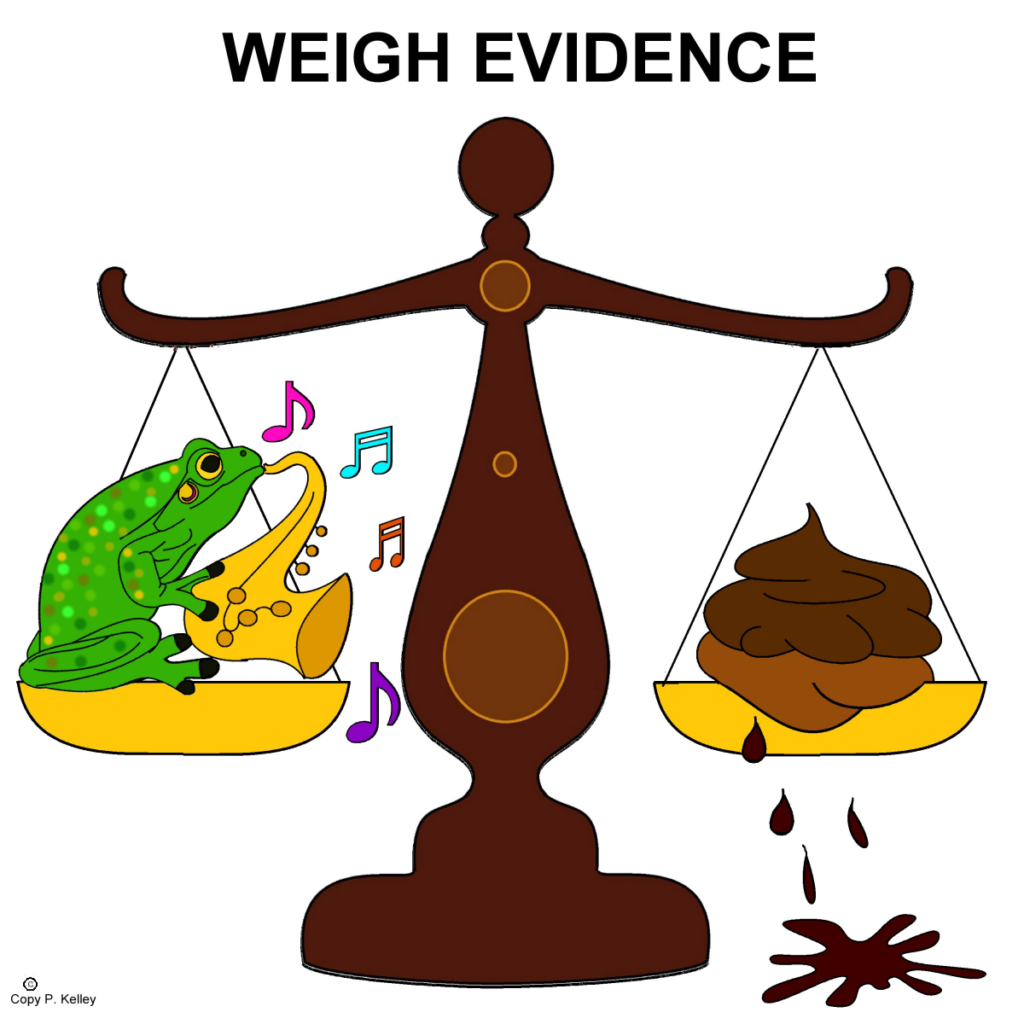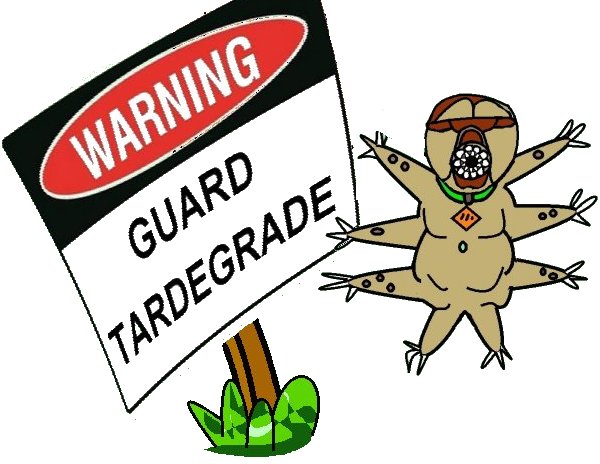What is 3-D Thinking?
Critical thinking is 3-D thinking. Critical not in the sense of movie critics and bad reviews, but critical as in asking questions and pondering data.
Critical thinking happens when you question your own positions and beliefs on issues and events.
Most of the time humans operate on auto-pilot, 2-D fast-thinking. This is a survival trait our brains develop as we grow and learn.
We make mental stereotypes to fast track communication with each other so we don’t have to stop and re-educate ourselves to go about our daily lives.
Fast Thinking = Stereotyping
Fast thinking includes survival emotions: hot buttons, kneejerk responses, immediate decisions.
Fast, impulse thinking is quite lucrative. Look around at the sheer number of media, marketing, advertising, political messaging…
We are constantly encouraged to buy, click, choose sides, join, give, donate, opportunity knocking, health admonishments and other cautionary tales from government agencies in search of justification and purpose.
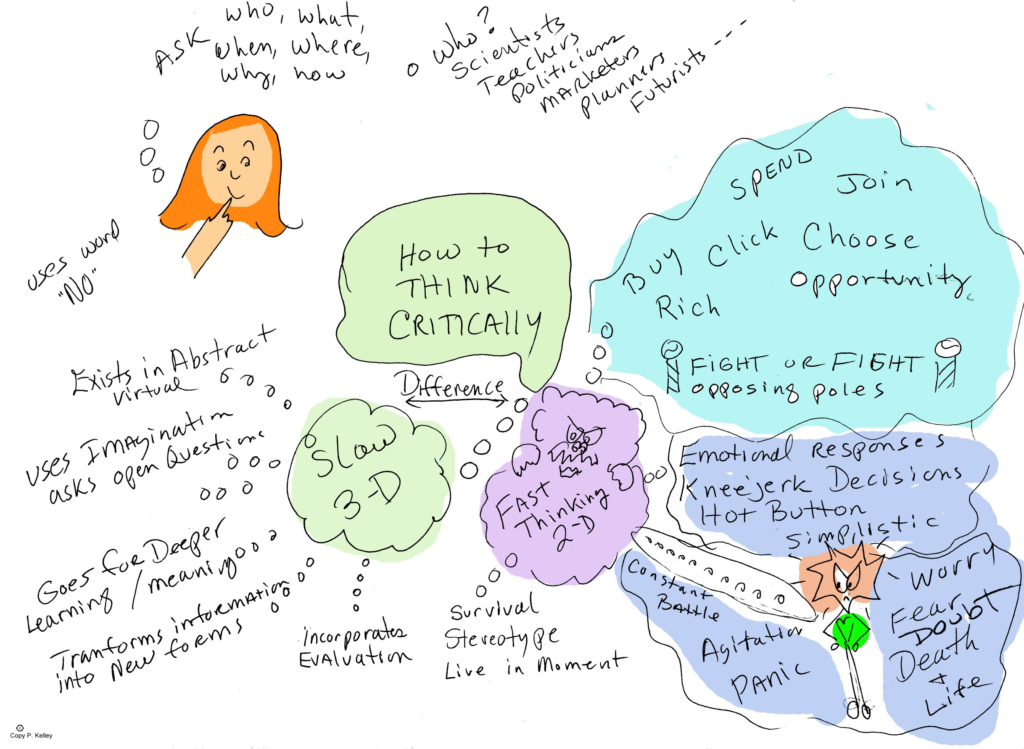
3-D Thinking asks the basic journalist questions…the questions journalists used to ask before the mainstream press became ideological lapdogs instead of watchdogs.
5W’s – Who, What, When, Where, Why and How.
| Who | Benefits | Is Harmed | Makes Decisions |
| What | Counter Arguments exist? | Worst case scenario | Are the Alternatives |
| Where | Is need | Similar solutions | Will this idea take us |
| When | Is this acceptable | We’ve succeeded | Cause a problem |
| Why | Is this a problem | Should people know | Allowed to happen |
| How | Do we know the truth | Does this benefit | To approach safely |
Apply Critical thought next time you hear someone says “It’s Science.”
Ask yourself “which science?”
Chances are great the answer will be “Political Science”
50 Types of Science
1.Aeronautical Engineering
2.Agricultural Science
3.Anatomy
4.Anthropology
5.Applied Mathematics
6.Applied Physics
7.Archaeology
8.Architecture
9.Astronomy
10.Biochemistry
11.Bioengineering
12.Biology
13.Chemical Engineering
14.Chemistry
15.Civil Engineering
16.Cognitive Science
17.Communication Science
18.Computer Engineering
19.Computer Science
20.Developmental Biology
21.Earth Science
22.Economics
23.Electrical Engineering
24.Environmental Science
25.Forensic Science
26.Genetics
27.Geography
28.Geology
29.Health Science
30.Human Geography
31.Industrial Engineering
32.Library Science
33.Linguistics
34.Logic
35.Mathematics
36.Mechanical Engineering
37.Medicine
38.Oceanography
39.Paleontology
40.Pharmacology
41.Physical Therapy
42.Physics
43.Political Science
44.Psychology
45.Sociology
46.Space Science
47.Spatial Science
48.Statistics
49.Veterinary Medicine
50.Zoology
